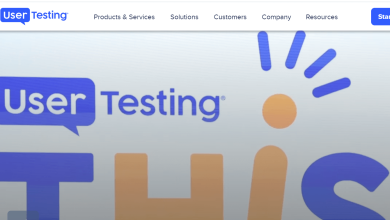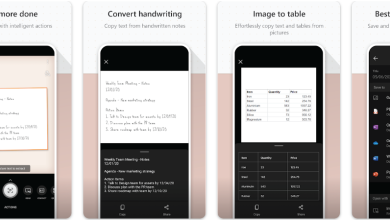Streamlining Development: Top Headless Commerce Solutions for Faster Implementation

Headless commerce is the latest innovation in e-commerce technology, allowing companies to quickly and efficiently develop custom digital experiences for their customers. By leveraging a “headless” architecture—where front-end web store design elements are disconnected from back-end systems—businesses have fewer data connections to manage, and products can be easily changed without requiring extensive development resources.
With this method, retailers can operate more agilely than ever by quickly pushing out features that improve customer experience. But what are the best solutions to help you streamline your development? In this article, we will review five of the top headless commerce platforms available today so businesses can decide which solution works best for them.
Defining Headless Commerce
In today’s digital age, businesses must embrace innovative commerce solutions that enable them to keep up with the dynamic market changes. One of these technologies is Headless Commerce, which has been gaining popularity due to its unmatched flexibility, scalability, and speed. Headless Commerce is a distinct separation of the front and back end of an e-commerce application, where the front end is decoupled from the back end, allowing individual systems to function separately.
This method allows developers to experiment and create customized user experiences while allowing businesses to move swiftly in response to changes in their industry. By utilizing Headless Commerce, businesses can develop feature-rich e-commerce applications in a condensed time frame, enabling them to improve their digital experience and stay ahead of the competition. Check out https://vuestorefront.io/blog/benefits-of-headless-commerce to learn more about the advantages of Headless Commerce.
Getting Started with Headless Commerce
Choosing the right commerce platform to enable Headless Commerce can be daunting. When selecting a solution, it is vital to consider specific business needs, such as budget, scalability, and customer experience.
Businesses should also consider solutions offering an open API to quickly integrate existing services or create custom integrations with third-party applications. Additionally, selecting a platform with built-in features designed for global companies and those focused on local markets is essential. Lastly, testing out the different options available before making a final decision is always beneficial to ensure that the selected platform meets all requirements of your organization.
Integrating Your Platform with a Headless Solution
Integrating a headless commerce platform with an existing e-commerce system can be complicated and time-consuming. To ensure successful integration, following best practices such as using secure authentication methods, designing for scalability, and extensive testing is essential. Additionally, businesses should simplify the customer journey by optimizing their website’s search engine optimization (SEO) capabilities so customers can easily find what they want.
Finally, businesses should also use content management systems (CMS) like WordPress or Drupal to create optimized content that will drive more website users and improve customer experience. By following these best practices, companies can maximize the potential of their Headless Commerce solution and provide the best possible user experience for their customers.
Maintaining Your System
Once you have implemented your Headless Commerce solution, keeping up with the latest industry trends is essential to ensure that your system is optimized for the best customer experience. Regular maintenance and updates are essential for maintaining a secure and reliable e-commerce platform.
Businesses should ensure that their software is always up-to-date by implementing automated tools such as application monitoring systems that monitor platforms for performance and security vulnerabilities. Additionally, they should leverage analytics tools to track user behaviour to identify improvement areas in their product offerings or website design. Doing these things will help businesses stay ahead of the competition regarding digital experiences.
Measuring Results
To measure the success of Headless Commerce implementation, businesses should track key performance indicators (KPIs) such as customer engagement, conversion rates and sales revenue. Additionally, they should use data-driven metrics to gain insights into customer behaviour and optimize their website design accordingly.
Finally, businesses should also consider user feedback when evaluating the effectiveness of their headless commerce solutions. Surveys or reviews can be used to understand how customers feel about using the platform and indicate where improvements can be made. By utilizing all these strategies, businesses can identify areas for improvement and make necessary adjustments to ensure that their Headless Commerce solution provides the best possible customer experience.
Popular Solutions that Support Headless Commerce
The three most popular solutions that support Headless Commerce are Magento, Shopify, and BigCommerce.
Magento is a highly customizable platform with an open-source architecture and many powerful features. Its flexibility allows developers to create a unique customer experience on any device or channel, helping businesses move faster in their markets. Additionally, its scalability allows companies to scale their operations up or down depending on their needs.
Shopify is an e-commerce platform designed to help small businesses quickly launch and manage online stores. It has numerous integrations available so customers can customize the store according to their preferences. Moreover, it boasts efficient order management tools, making it easier for businesses to track orders and fulfil customer requests.
BigCommerce is a cloud-based platform designed for mid-level businesses that need more advanced tools to grow their store. It has a wide range of features, such as product customization, inventory management, and analytics reports that help businesses gain insights into customer behaviour. It also offers an open API that allows developers to create custom integrations with third-party applications.




